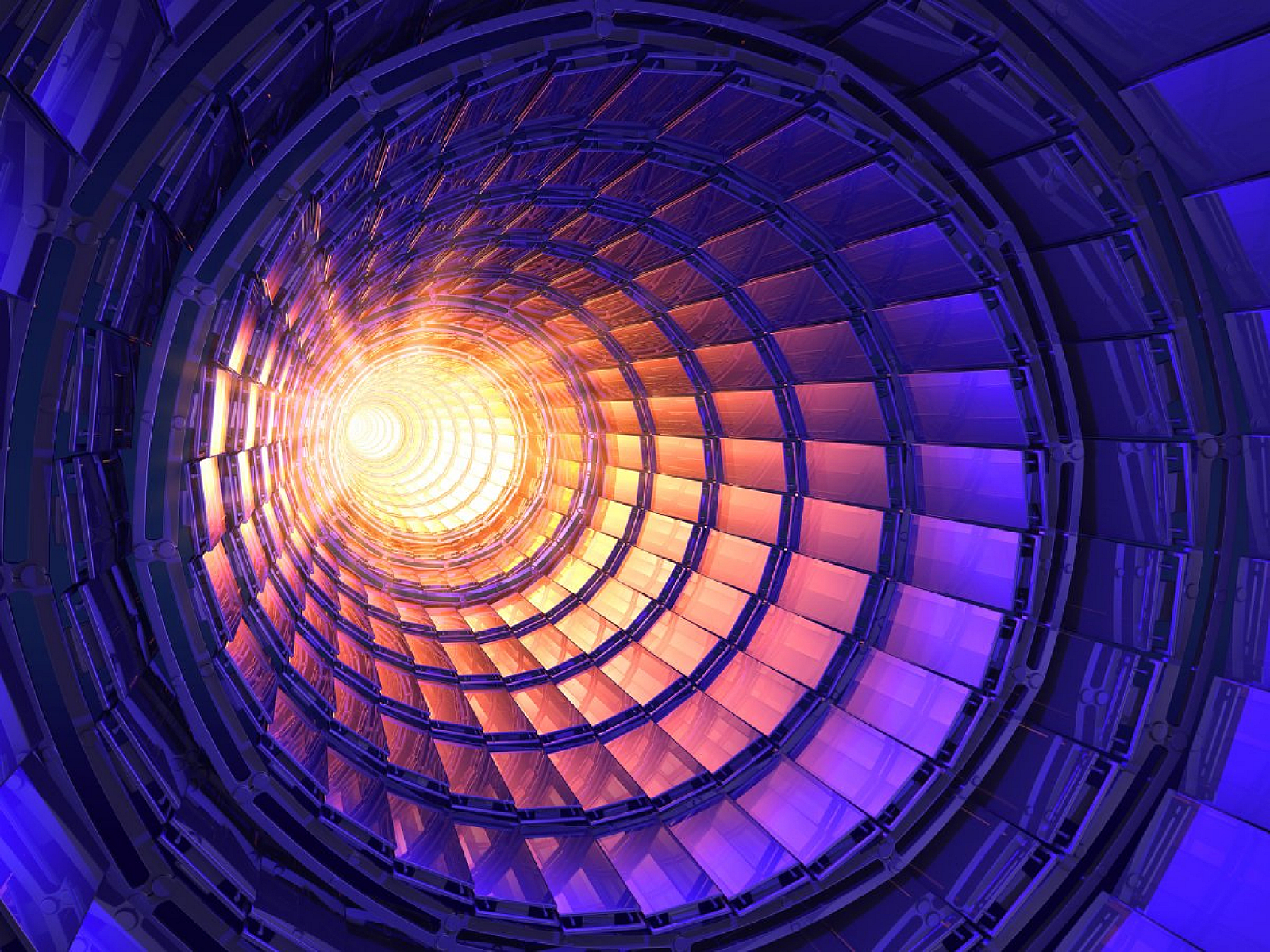Turning Lead into Gold at the LHC: How ALICE Achieved a Modern Alchemist’s Dream
For centuries, alchemists pursued the elusive goal of transmuting base metals into noble ones, most famously, turning lead into gold.
This quest, rooted in both mysticism and early chemistry, was never realized with the tools available to the ancients.
However, with the advent of modern particle physics and colossal machines like the Large Hadron Collider (LHC), scientists have come closer than ever to realizing this dream—not by magic, but by harnessing the fundamental forces of nature.
Lead and Gold: The Atomic Difference
At the heart of the alchemist’s challenge lies the atomic structure of the elements. Lead (Pb) and gold (Au) are distinguished by the number of protons in their nuclei.
A stable lead atom contains 82 protons, while gold contains 79 protons. This difference of three protons is what separates these two metals at the most fundamental level.
The ALICE Experiment at the LHC
ALICE (A Large Ion Collider Experiment) is one of the major detectors at the LHC, designed primarily to study the properties of quark-gluon plasma—a state of matter believed to have existed just after the Big Bang.
To achieve this, ALICE collides heavy ions, such as lead nuclei, at nearly the speed of light.
In these high-energy collisions, lead nuclei are stripped of some of their protons and neutrons.
Occasionally, under the right conditions, a lead nucleus can lose exactly three protons, transforming it—at least momentarily—into a gold nucleus.
The Transmutation Process
When lead ions are accelerated to ultra-relativistic speeds and smashed together, the extreme energies involved can knock out protons from the nuclei.
If a lead nucleus loses three protons, it becomes a nucleus with 79 protons—the hallmark of gold.
This process is a form of nuclear transmutation, but it is far from the controlled, stable process imagined by the alchemists.
The Fleeting Nature of Gold in ALICE
The gold nuclei produced in these collisions are highly unstable.
They exist for only a tiny fraction of a second—typically on the order of a microsecond—before breaking apart due to the immense energy and the violent environment of the collision.
This instability means that, while ALICE can indeed turn lead into gold, the gold produced is not collectible or usable in any practical sense.
It is a fleeting glimpse of alchemy realized through the power of particle physics.
Why This Matters
The significance of this achievement lies not in creating gold for its material value, but in deepening our understanding of nuclear physics and the behavior of matter under extreme conditions.
By studying these processes, scientists gain insights into the fundamental forces that govern the universe, the formation of elements, and the state of matter in the earliest moments after the Big Bang.
The dream of turning lead into gold, once the province of alchemists, has been realized—however briefly—by modern physicists at the LHC’s ALICE experiment.
While the gold produced is ephemeral and not useful for jewelry or currency, the achievement stands as a testament to human ingenuity and the power of science to unlock the secrets of the universe.
The true treasure lies not in the fleeting atoms of gold, but in the knowledge gained from pushing the boundaries of what is possible.



Comments
Post a Comment